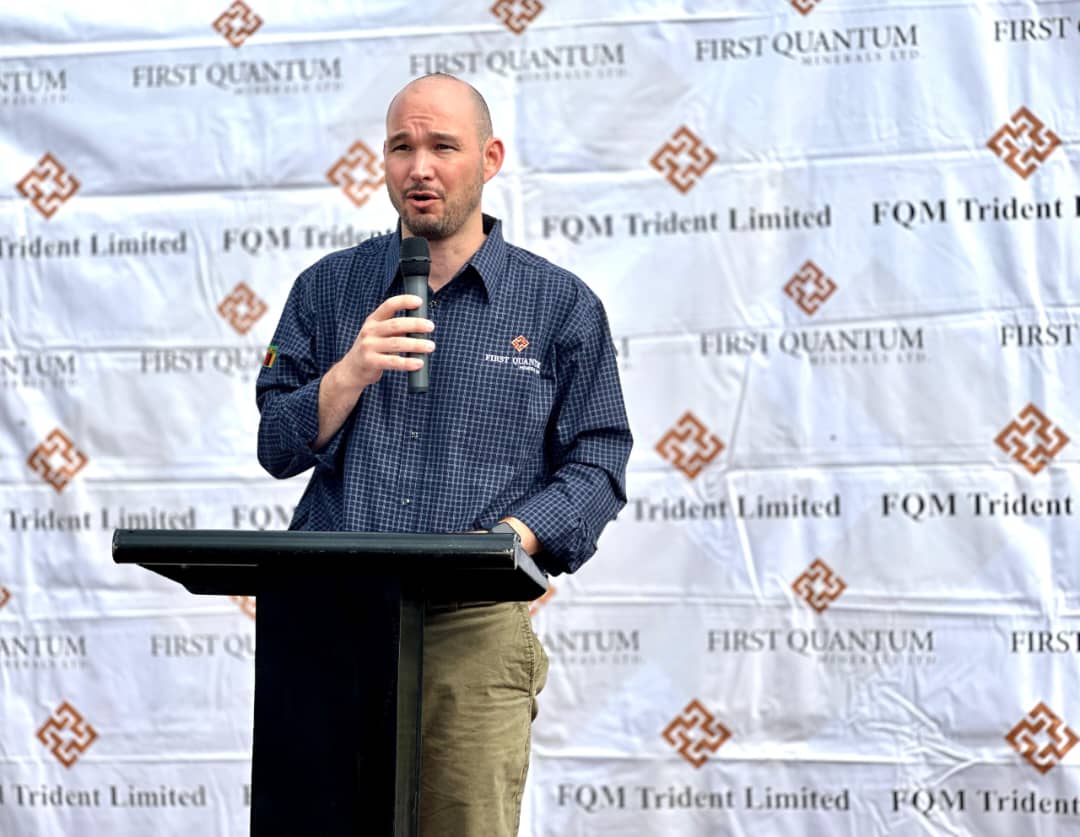(Mining)-Global copper and aluminum supply deficits may cause prices to soar within a few years while steel may drop, according to a new report on metals.
A 5.4-million-ton (4.9-million-tonne) copper supply shortfall by 2027 may push prices up by 20% to $9,800 per ton from around $8,200 per ton this year, Bloomberg New Energy Finance, a unit of the newswire company, says in its Industrial Metals Outlook 2H 2023: Heading into the storm.
Global annual demand for copper is forecast to rise by 2.6% from last year’s levels to 29.8 million tonnes by 2027 as the green energy transition to more electricity in transport and industry bites into supplies, the report published on Tuesday shows. Copper supplies are expected to increase by 10% over the period to 24.4 million tons.
Likewise, it projects a 30.7-million-ton aluminum shortfall despite a 10% production increase over the same period. That could see prices hit $3,000 per ton in 2027 from $2,200 per ton this year – a 36% hike, according to the report authored by Kwasi Ampofo. It projected that pressure on energy costs and emissions could boost aluminum recycling efforts to feed 82% of supply by 2028.
“As global investment flowing into renewable energy breaks records, the expansion of energy transition-related manufacturing, from solar panels to power grids to electric vehicles, presents new hope for industrial metals demand,” Ampofo said in the report. “The increasing range of available EV models and technology improvements could further strengthen consumer appetite.”
In 2027, aluminum demand is projected to hit 108.2 million tonnes, as lightweight aluminum replaces heavier steel in vehicles and in electricity grid infrastructure, according to the report.
Steel outlook
The demand for copper and aluminum is tempered by lower projections for steel. Too much steel production while demand declines could mean an 8.7% price drop to $537 per ton of steel in 2027, BloombergNEF said. Steel manufacturing capacity is projected to increase by 3% over the period to 2.5 billion tons, it said.
New copper mines face several barriers such as lower grades, rigorous processes for permits, heightened considerations and protests about environmental, social and government issues, and higher taxes from host countries, according to the report. Even so, funding is increasing.
Copper supplies are growing from Ivanhoe Mines’ (TSX: IVN) start of production at the Kamoa-Kakula complex in the Democratic Republic of Congo, BNEF said. Also, the $2 billion settlement on royalties between China’s CMOC Group and the DRC’s state-owned Gecamines means the resumption of exports from the country, where huge stockpiles accumulated. The DRC produced 2.2 million tons of copper in 2022, according to Bloomberg Intelligence, making it the third-largest copper producer in the world.
There is also increased output in Chile from Escondida, a joint venture among BHP (NYSE: BHP; LSE: BHP; ASX: BHP), Rio Tinto (NYSE: RIO; LSE: RIO; ASX: RIO) and Japan’s JECO. And Rio Tinto’s $900 million refurbishment at Kennecott, Utah aims to produce 250,000 tons more copper over a decade, according to the report.
China’s impact
The main issue with steel is declining consumption in China, the world’s largest metals consumer, whose real estate sector has been contracting. BloombergNEF projects Chinese steel demand to be flat at 920 million tons this year as construction sags while green infrastructure and transport gains.
The amount of steel used this year in Chinese construction is expected to fall by 8% or 26 million tons – two year’s-worth of Canada’s total steel consumption – while Beijing boosts steel used in infrastructure such as energy transition development by 5.4% to 231 million tons this year, BloombergNEF said, citing China’s government statistics office.
China is also responsible for more than half the world’s copper demand, according to BloombergNEF. The market must consider whether the lower US inflation rate of 3.2% in July compared with the peak of 8.5% a year earlier is a sign of softening prices or that the interest-rate tightening cycle will ease, which could in turn boost copper prices.
“An economic slowdown in China could put significant downward pressure on prices,” Ampofo said in the report. “Copper prices are more likely to respond to economic sentiment than the long-term supply and demand balance.”








